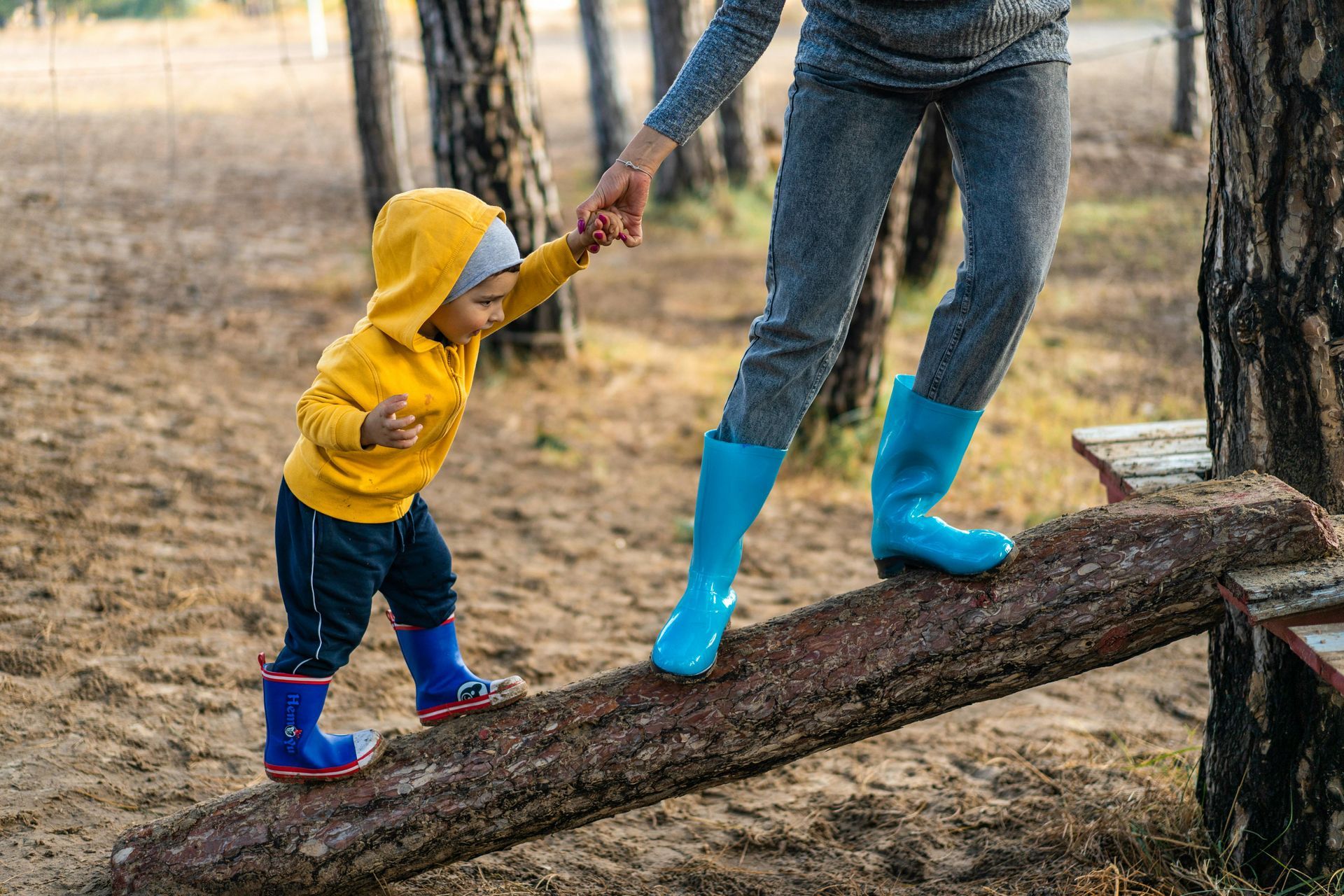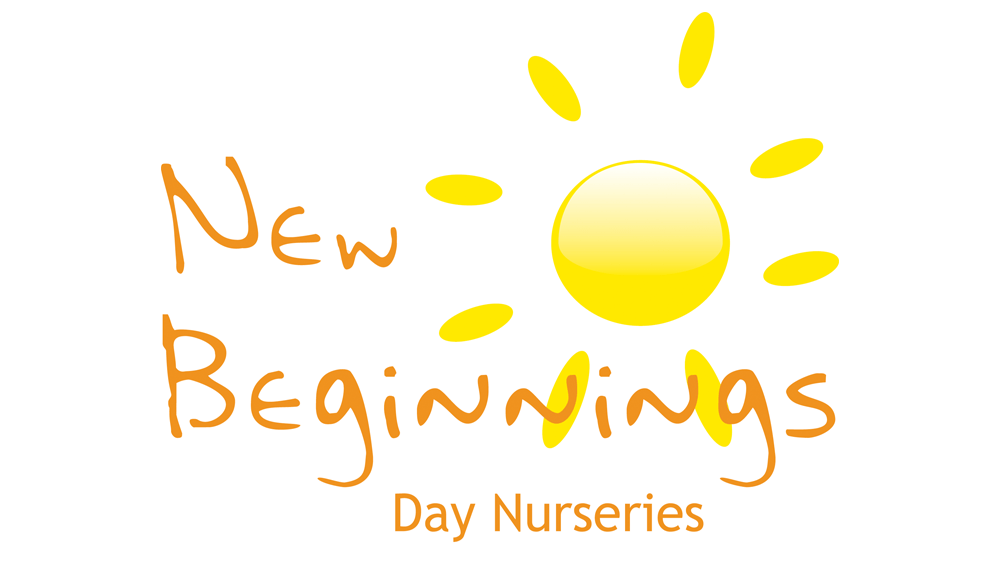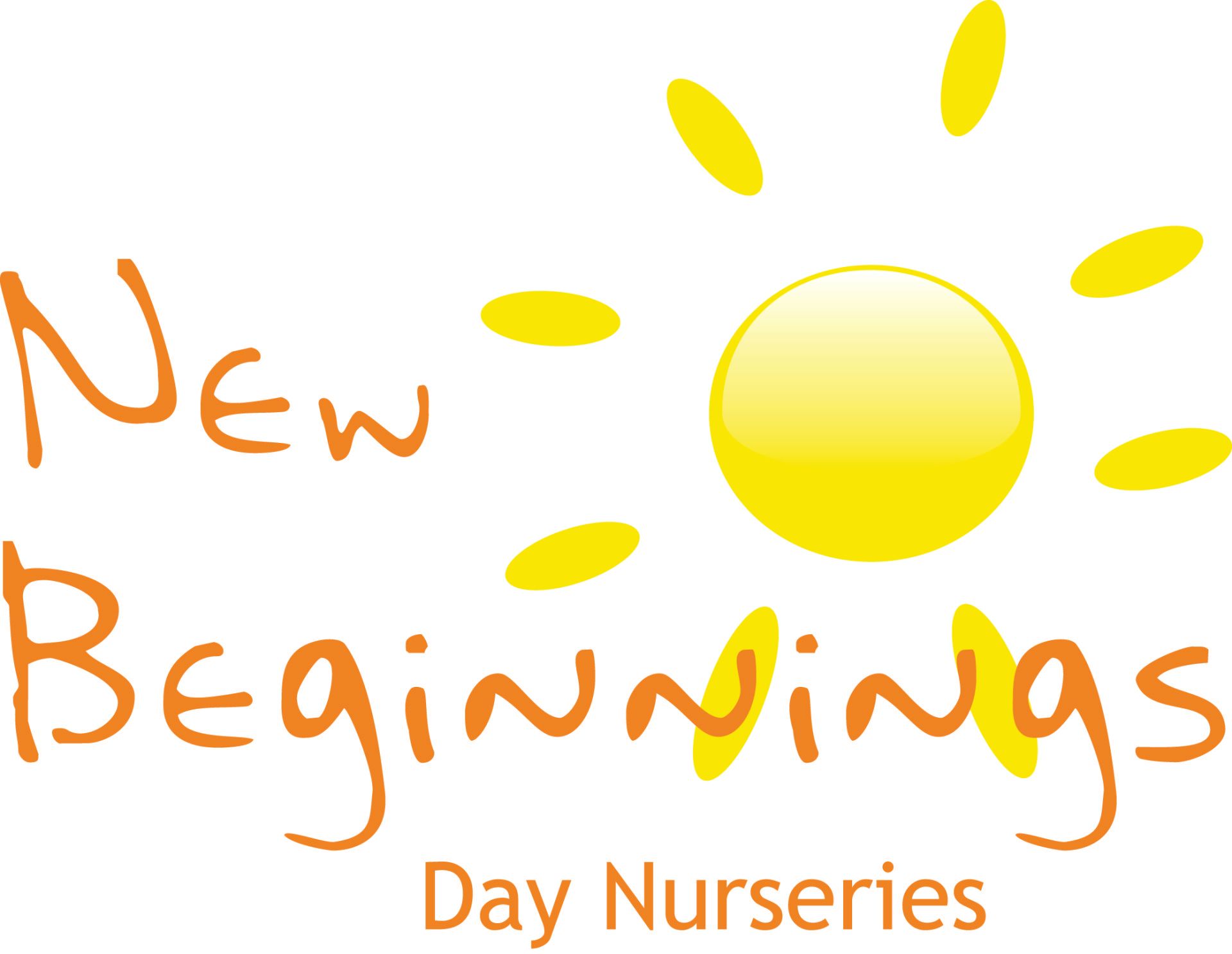Health & Safety
Introduction to Health & Safety
Health and safety in the workplace is a joint effort. Employees have a degree of responsibility too. But as an employer, it’s our job to ensure your workplace is safe for staff to operate in.
This page provides information to assist you in understanding the various aspects of Health and Safety which relate to your job, the environment and the policies and procedures of New Beginnings Nurseries.
Your responsibilities
Your most important responsibilities as an employee are:
- to take reasonable care of your health and safety
- to take reasonable care not to put other people - fellow employees and members of the public - at risk by what you do or don't do in the course of your work
- to co-operate with your employer, making sure you get proper training and you understand and follow the company's health and safety policies
- not to interfere with or misuse anything that's been provided for your health, safety or welfare
- to report any injuries, strains or illnesses you suffer as a result of doing your job

Why do we risk assess?
Across the Early Years environment we aim to offer a wide range of exciting and engaging learning opportunities to help develop children’s foundation skills. In any situation where there are a number of children working and playing together there are risks but there are also benefits.
We take the health and safety of children very seriously and assess each situation by considering the potential risks and the benefits and then through discussion we can decide if the risks can be managed appropriately and that the benefits are valid, reasonable and productive in moving children’s learning forward.
Our risk assessments cover the main areas of the indoor and outdoor environments. The general checklists cover our daily considerations before opening up the environment to parents, children and staff. All risk assessments are reviewed yearly to ensure they are up-to-date and relevant however, an assessment will be made immediately if there is an incident or an area of the environment is adapted or changed in any significant way.
Risk assessments
Romford nursery
Learn moreRisk assessments are all about anticipating what could happen, and forward planning for any sort of situation imaginable
Nursery Risk assessment
For more information about the nurseries risk assessment please speak to your nursery manager.
Fire risk assessment- 2025
For more information about your nurseries fire risk assessment ( May 2025 ) please speak to your nursery manager.
Health & Safety Policy & Procedure
Rainham nursery
Learn moreRisk assessments are all about anticipating what could happen, and forward planning for any sort of situation imaginable
Nursery Risk assessment
For more information about your nurseries risk assessment ( May 2025 ) please speak to your nursery manager.
Fire risk assessment- 2025
For more information about your nurseries fire risk assessment ( May 2025 ) please speak to your nursery manager.
Health & Safety Policy & Procedure
Loughton nursery
Learn moreRisk assessments are all about anticipating what could happen, and forward planning for any sort of situation imaginable
Nursery Risk assessment
For more information about your nurseries fire risk assessment ( May 2025 ) please speak to your nursery manager.
Fire risk assessment- 2025
For more information about your nurseries fire risk assessment ( May 2025 ) please speak to your nursery manager.
Health & Safety Policy & Procedure
COSHH
Learn moreIt is important to understand the different types of cleaning products we use within the nursery and how they should be used safely. Visit the nursery COSHH pages and go through COSHH risk assessment.
What you need to know
Health & Safety Law
Learn moreThe Health and Safety at Work etc Act 1974 is the primary piece of legislation covering occupational health and safety in Great Britain. It's sometimes referred to as HSWA, the HSW Act, the 1974 Act or HASAWA.
Managing Health & Safety
Incidents, accidents & emergencies
Designated first aid officers
Each nursery has a list of designated first aid officers which are displayed within easy nurseries staff room.
Slips , trips and falls
Learn moreTake time to consider how you can manage and reduce the risk of slips, trips and falls.
Why are risk assessment important
Learn moreRegular risk assessments help to identify aspects of the early years environment that need to be checked regularly, decide what should be done to prevent harm and make sure the relevant actions are taken and updated when necessary.
Fire safety in your nursery
Fire marshalls
Learn moreFind out more about the role of the fire marshalls within your nursery and read your nurseries fire safety policies and procedures for more information. You can also click the link and watch a short video.
Electrical appliances
Learn moreThe company does not permit staff to use their own electrical appliances within the building. For further information please refer to the electrical appliance policy.
Infection control
Learn moreThis section provides additional considerations for early years and pre-school settings. It should be used in conjunction with other sections of Health protection in children and young people settings, including education.
NHS exclusion times for infectious illness
Preventing and managing infections
Describe the item or answer the question so that site visitors who are interested get more information. You can emphasize this text with bullets, italics or bold, and add links.Learn more
Manual Handling
Learn moreManual handling means transporting or supporting a load by hand or bodily force. It includes lifting, putting down, pushing, pulling, carrying or moving loads. A load can be an object, person or animal.
Legionella testing
Learn moreLegionellosis is the collective name given to the pneumonia-like illness caused by legionella bacteria. This includes the most serious legionnaires' disease, as well as the similar but less serious conditions of Pontiac fever and Lochgoilhead fever
Trade and clinical waste
All clinical waste should be disposed of in sealed yellow plastic sacks in the allocated bins.
RIDDOR
Learn moreRIDDOR puts duties on employers, the self-employed and people in control of work premises (the Responsible Person) to report certain serious workplace accidents, occupational diseases and specified dangerous occurrences (near misses).
Personal Protective Equipment
Learn moreDuring nappy changes we wear gloves and disposable aprons. Find out why this is important and how we manage infection control.
Safety Checks
Learn moreClick the button below to read our policy and procedure on safety checks.

